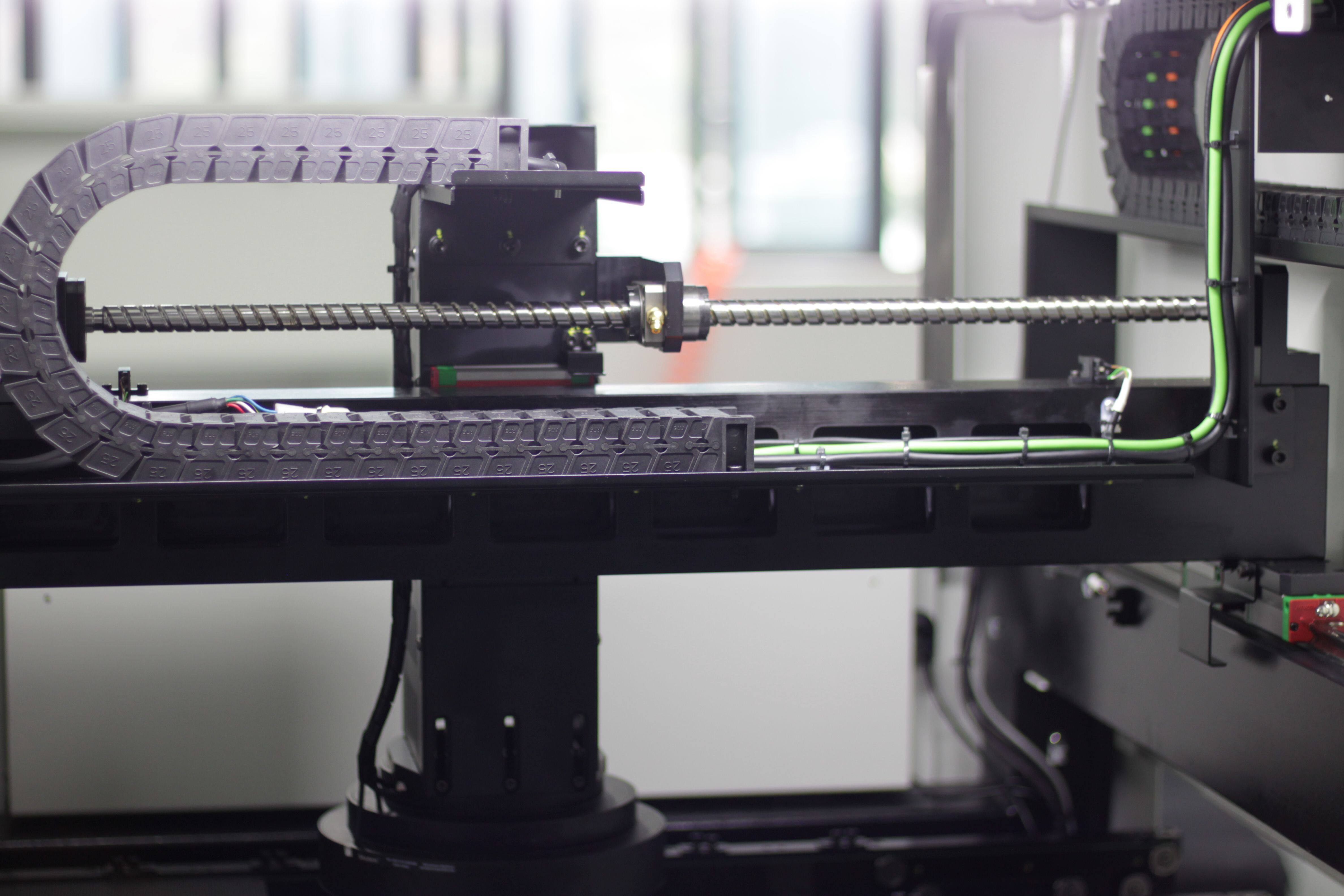E-Mail-Formatfehler
emailCannotEmpty
emailDoesExist
pwdLetterLimtTip
inconsistentPwd
pwdLetterLimtTip
inconsistentPwd


AOI Unveiled: Precision in PCB Assembly Inspection
In the intricate realm of electronics manufacturing, ensuring the seamless functionality of printed circuit boards (PCBs) is paramount. Automated optical inspection (AOI) emerges as a technological sentinel, meticulously examining PCBs for potential defects. This article delves into the multifaceted landscape of defects detected by AOI, illuminating its significance in the ever-evolving world of PCB assembly.
Introduction
Automated optical inspection (AOI) for PCB assembly inspection stands as a beacon of technological advancement. As the demand for high-quality electronic components burgeons, AOI plays a pivotal role in the early detection of defects, optimizing the production process. From soldering irregularities to component misplacements, AOI's discerning eye ensures the precision and reliability of the final product.
Common Types of Defects
AOI for PCB assembly inspection focuses on a spectrum of defects that can compromise the integrity of electronic assemblies. One of the primary concerns is soldering defects. Cold solder joints, excessive solder, and insufficient solder are scrutinised with acute precision by AOI, guaranteeing the integrity of the soldering connections.
Component placement issues are equally critical. AOI diligently scans for misaligned components, ensuring every element finds its designated spot on the PCB. The technology further validates the correctness of component orientations, preventing potential malfunctions.
In the realm of components, AOI is adept at identifying incorrect or missing elements. Through high-resolution imaging and 3D inspection capabilities, the system ensures the right components are in place, verifying their values for seamless functionality.
AOI Technologies for Defect Detection
The prowess of AOI lies in its sophisticated technologies. High-resolution imaging captures minute details, while 3D inspection capabilities provide a comprehensive view of the PCB landscape. AOI for PCB assembly inspection isn't merely about optics; it's a synergy of technologies that elevates defect detection to unparalleled levels.
Machine learning applications within AOI add another layer of intelligence. Pattern recognition algorithms identify optimal component placements, and anomaly detection algorithms discern irregularities in soldering patterns. This amalgamation of optics and intelligence forms the bedrock of AOI's defect detection capabilities.

Challenges in Defect Detection
However, the path to perfection is not without challenges. False positives and false negatives pose hurdles. Striking a delicate balance, AOI aims to minimize false alarms without overlooking potential defects. It's a nuanced dance of precision and adaptability.
Complex PCB designs present another challenge. AOI must navigate through densely populated boards, adapting to various sizes and layouts. Perspectives from the fields of computer vision and engineering converge to address these challenges, fostering continuous refinement in AOI technologies.
Integration with Quality Control Processes
AOI for PCB assembly inspection isn't a standalone process; it integrates seamlessly into broader quality control frameworks. Collaborating with manual inspection and functional testing, AOI becomes a linchpin in the holistic assurance of PCB quality.
Case Studies on Defect Detection
Real-world examples underscore the efficacy of AOI. From preventing assembly line disruptions to enhancing the overall reliability of electronic products, AOI's impact reverberates across industries. These case studies bridge the gap between theory and practice, offering tangible proof of AOI's prowess.
Continuous Improvement Strategies
In the dynamic landscape of electronics manufacturing, learning is perpetual. Feedback loops within AOI systems facilitate optimization, aligning the technology with evolving industry standards. This iterative approach, informed by insights from quality assurance and machine learning, ensures AOI remains at the vanguard of defect detection.
Conclusion
In the intricate dance of electronics manufacturing, AOI for PCB assembly inspection emerges as a choreographer, orchestrating precision and reliability. Detecting defects with technological finesse, AOI stands as a testament to the marriage of optics, intelligence, and adaptability. As industries propel towards the future, AOI remains an indomitable force, safeguarding the heart of electronics—the printed circuit board.

